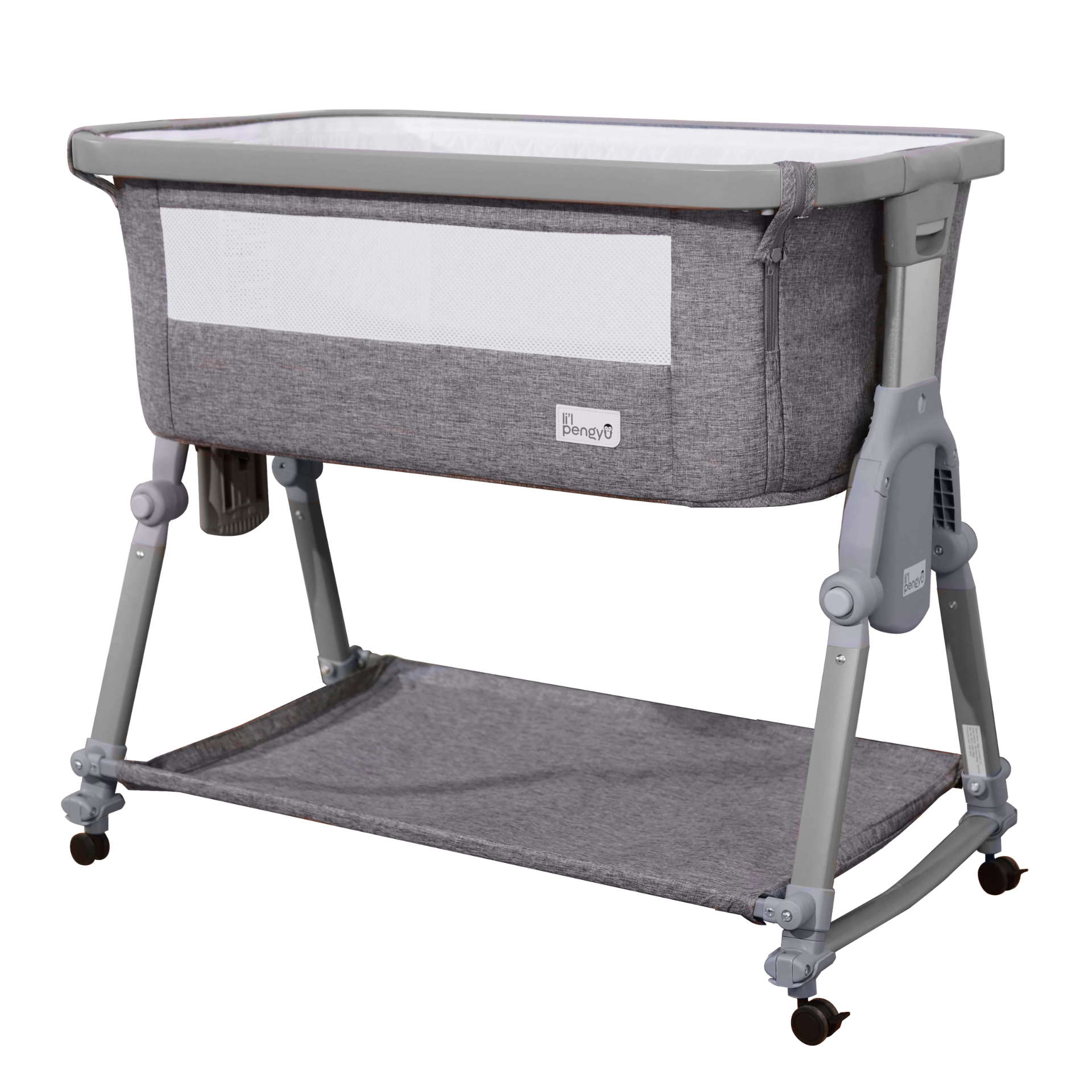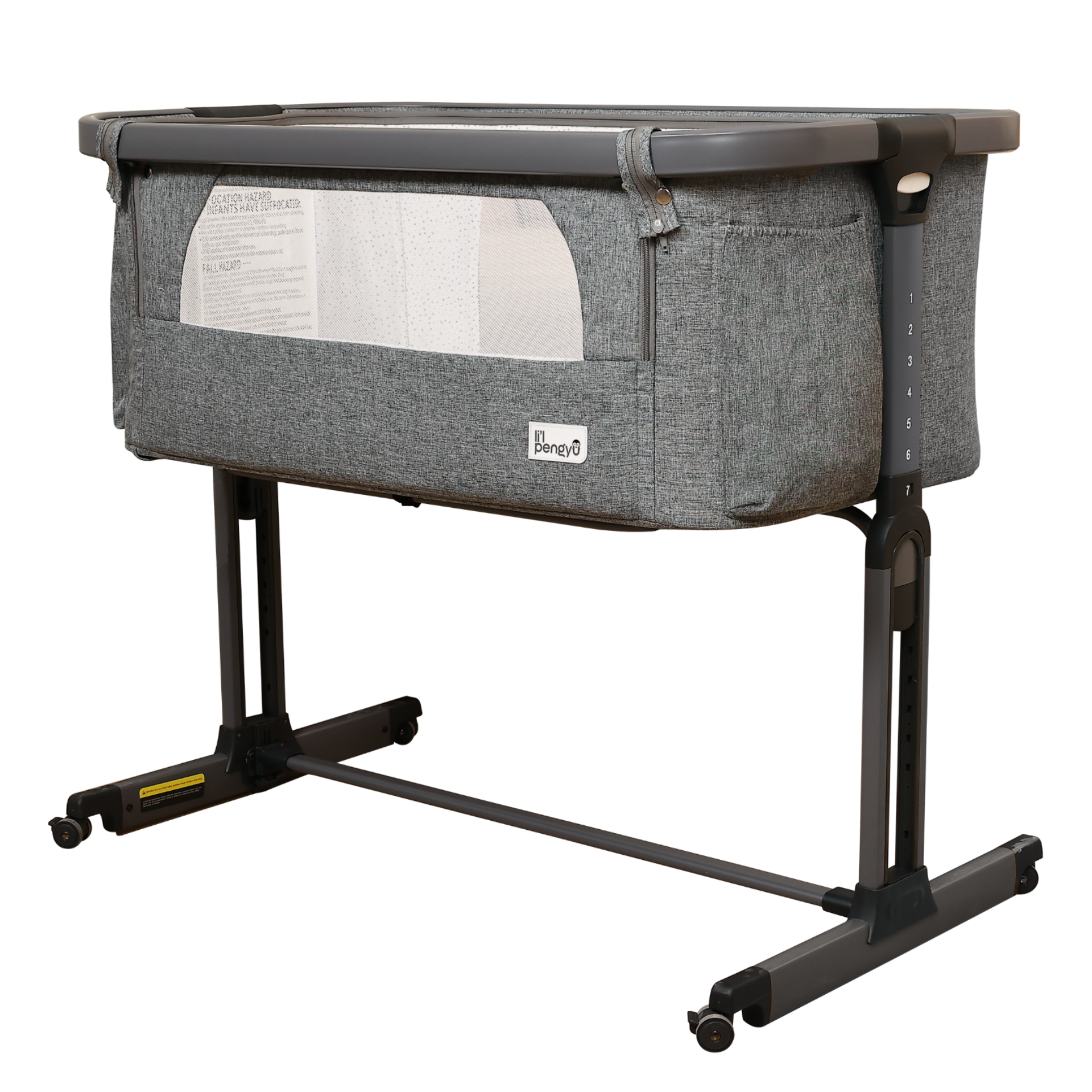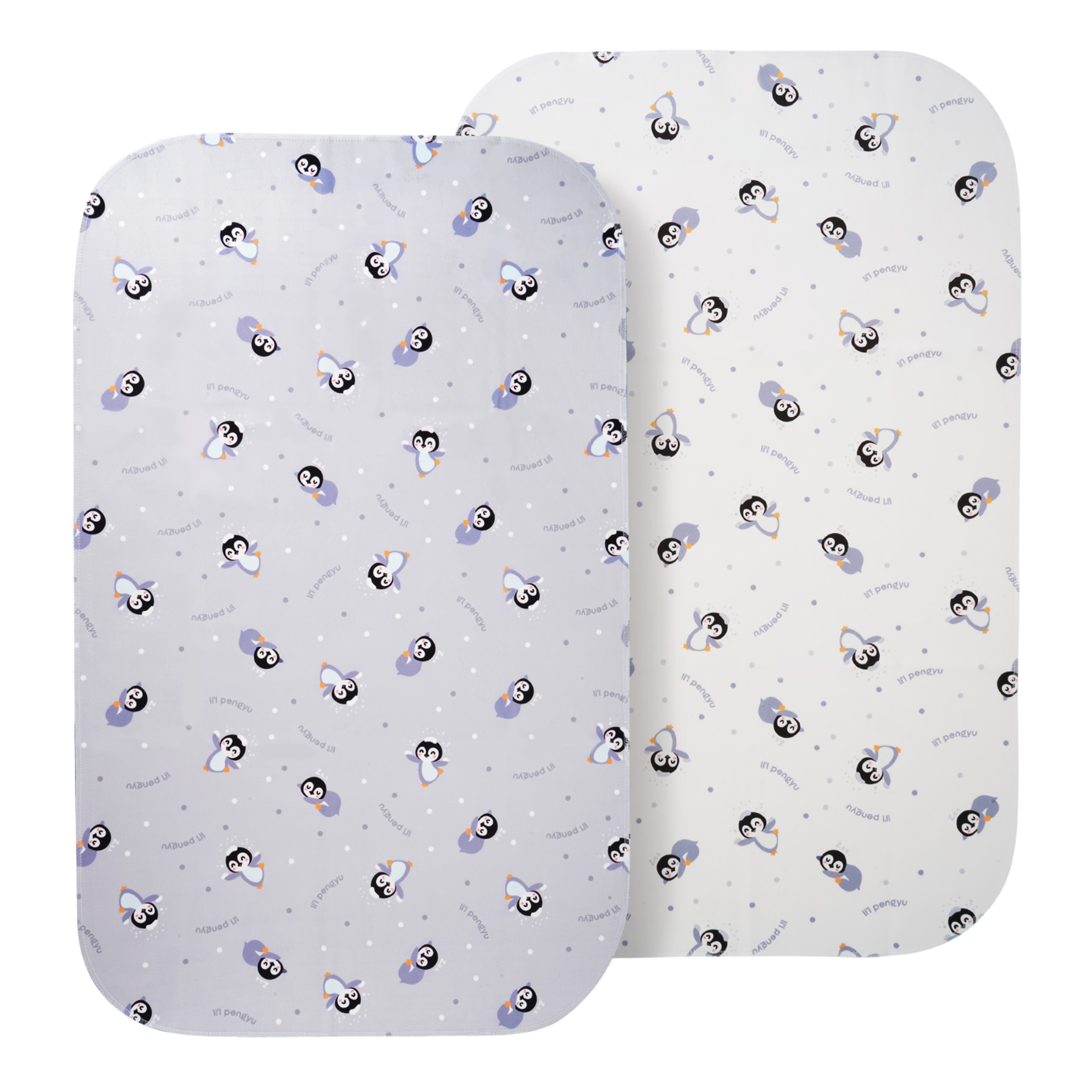Your complete guide to diaper types, how to change them, and how to prevent diaper rash

Changing your baby’s diaper, along with feeding and bathing them, are tasks you’ll face quickly and frequently as a new parent. You soon realize there’s a lot more to diapers than changing them. What they’re made of, how they fit, and what happens when they’re worn too long are common issues for new parents.
Babies use eight to 10 diapers daily, with more than 3,500 diaper changes happening before they are potty trained. Though it may seem a little intimidating initially, learning to change a diaper becomes second nature long before you hit the 3,500th.
This guide explores types of diapers, the easiest way to get your baby into a clean, snug diaper, and what to do about diaper rash.
Types of diapers
There are two types of diapers: cloth and disposable. There are pros and cons to each.
Cloth
Traditional cloth diapers come in various shapes and sizes. They are made from natural bamboo, cotton, or wool fibers. Natural fibers are less irritating to the skin than synthetic ones.
Cloth diapers typically require safety pins to stay in place around the baby’s bottom, but some have Velcro or snaps. Diaper covers are also necessary. They are generally plastic or vinyl and go on over the cloth diaper to prevent leaks.
Diaper inserts are another handy accessory. Place them inside the diaper to keep excess moisture off your baby’s skin and make clean-up easier.
Cloth diapers are reusable, so a diaper pail is necessary. When the soiled diapers come off, put them in the diaper pail to wait for laundering. Diaper pails seal tight to capture stinky smells and keep pets and insects out.
A gentle but powerful detergent is necessary for laundering. Wool dryer balls are handy for softening clothes without using chemicals.
Disposable
There are three basic sizes of disposable diapers: small, medium, and large. They are made from plastic and natural fibers.
Disposable diapers are shaped to fit closely to a baby’s bottom. There is a gathering around the legs to prevent leaks. Convenience is the key factor for parents who use these types of diapers.
There are some unwanted consequences to consider with disposable diapers, though. Disposable diapers don’t degrade into the environment easily. Millions of tons of disposable diaper waste are generated each year and sit in landfills. Harmful carcinogens are released into the environment when they are produced as well.
Many parents use both types of diapers. Using cloth diapers at home keeps the weekly diaper costs low and lessens the environmental impact. Disposable diapers are great on the go and in emergencies.
How to change a diaper
Changing a soft, wiggly baby’s diaper can be challenging at best, but practice makes perfect. The first step is always washing your hands and gathering supplies. Having everything within arm’s reach nips many problems in the bud. Depending on the type of diaper you use, you may need:
- Wipes
- Pins
- Liner
- Diaper cover
- Rash cream
- Change of clothes
Once you’ve collected your supplies, proceed as follows:
1. Take off the dirty diaper
Lay your baby on their back and unfasten their diaper. Remember, always keep one hand on your baby to prevent them from falling. Raise their bottom off the diaper by gently grasping their ankles and slightly lifting them into the air. Fold the bottom of the diaper over the waste as you pull it from under your baby and lay their backside down on the changing table.
2. Clean your baby’s skin
Thoroughly but softly wash the diaper area with wipes or moistened cloths. Using plain water-based wipes is preferable in the first two months as alcohol-based wipes can be too irritating. Use a soft cloth or wipe to avoid irritation. Allow airing dry to stave off rashes.
3. Put on the clean diaper
Slide a clean diaper under your baby’s bottom. When using a disposable diaper, ensure the tabs are on the side under the baby’s bottom.
Apply any diaper rash creams or medical ointments once the new diaper is in place to keep them from smearing into the bedding or upholstery beneath.
Close the new diaper by pulling the front between the baby’s legs and over his or her stomach. Pull the disposable diaper tabs to the front, ensuring the diaper is snug but not too tight. Use the attached snaps or carefully pin the diaper closed with cloth diapers.
The final step in diaper changing is cleaning up the mess. Place disposable diapers and wipes in a plastic bag and throw them in the household trash. Place soiled diapers and cloths in the diaper pail after dumping waste into the toilet when using cloth diapers.
Pediatricians recommend changing a diaper as soon as it’s soiled or every two to three hours to prevent diaper rash.
Dealing with diaper rash
Diaper rash is a patch of inflamed, irritated skin on a baby’s bottom. It is chaffed skin caused by prolonged exposure to wet diapers. Antibiotics can also cause diaper rash sometimes.
Diaper rash is painful. In extreme cases, it can crack and bleed. Treatment of mild cases typically requires air drying and a coating of diaper cream. Severe cases might require a prescription cream.
Diaper changes are daunting and even a little messy in the beginning, but it doesn’t take long to get the hang of it. The secret is not to take things too seriously and accept a few imperfectly-fastened diapers until you learn the tricks of the trade.
Ensuring your baby’s comfort and health is what matters most
Babies require plenty of rest and safe, comfortable environments. At Li’l Pengyu, your baby’s happiness and safety are our top priorities, so we’ve created comfy and thoughtful baby care solutions from only the best quality materials. From playpens to bassinets, Li’l Pengyu products are not only functional, but they are CPSC- and ASTM-certified too, so you’ll never again have to worry about purchasing an unsafe item.






